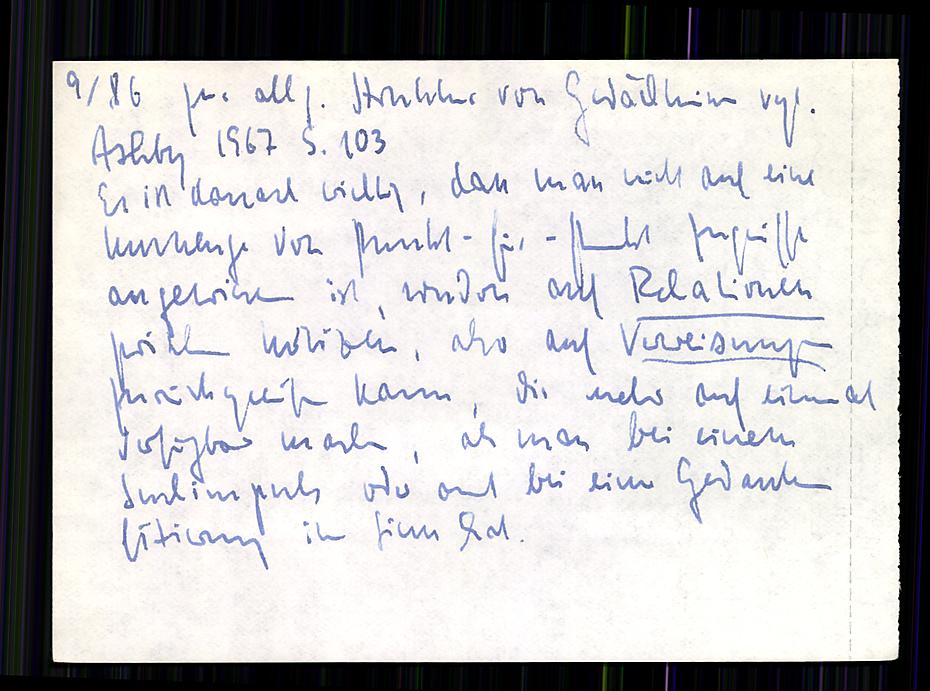I use the end-pa-pers at the back of the book to makea personal index of the author's pointsin the order of their appearance
The making of a personal index is a first step in building a mesh of knowledge. In just a few years, Vannevar Bush will speak of "associative trails" a phrase he uses twice in "As We May Think" (The Atlantic, July 1945), but of potentially more import is his phrase "associative indexing" which lays way to either juxtaposing or linking two ideas (either similar or disjoint) together. It bears asking the question of of whether it's more valuable to index and juxtapose similar ideas or disjoint ideas which may more frequently lead to better, more useful, and more relevant and rich future ideas.
It affords an immediate step, however, to associative indexing, the basic idea of which is a provision whereby any item may be caused at will to select immediately and automatically another. This is the essential feature of the memex. The process of tying two items together is the important thing. Bush, Vannevar. 1945. “As We May Think.” The Atlantic 176: 101–8. https://www.theatlantic.com/magazine/archive/1945/07/as-we-may-think/303881/ (October 22, 2022). #
